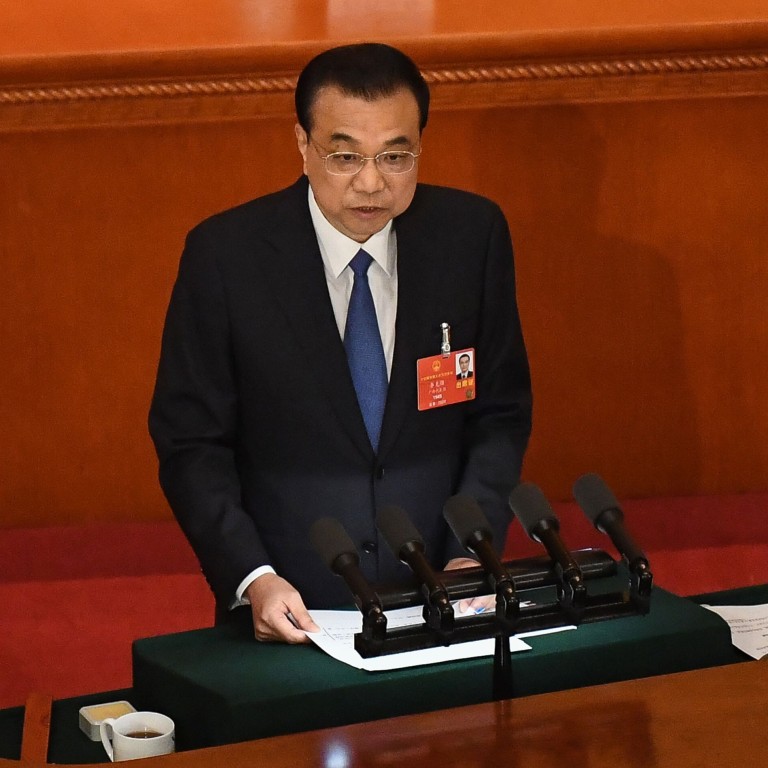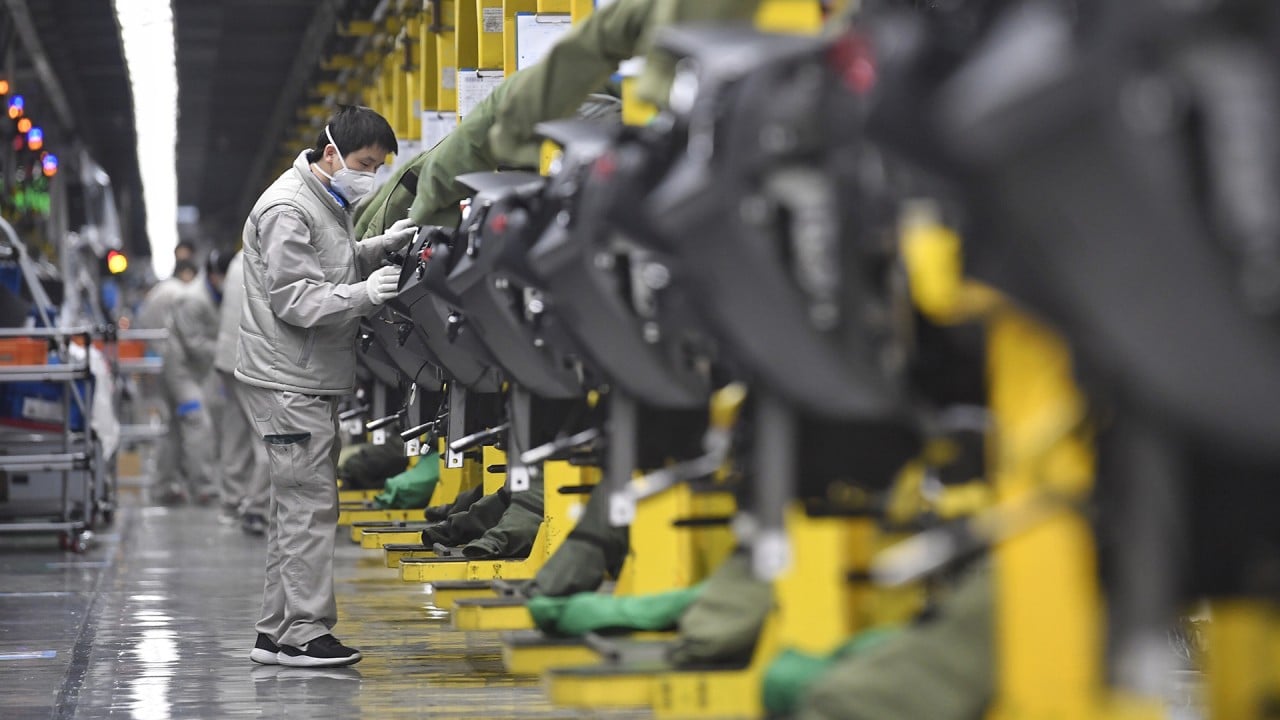
Explainer | China ‘two sessions’: what you need to know about the government’s 2021 work report and why it’s important
- China’s Premier Li Keqiang will deliver the annual government work report to nearly 3,000 delegates of the National People’s Congress in Beijing on Friday
- Economic and social development are the main elements of the report, while it also includes commentaries on diplomacy and military operations
What is China’s annual government work report?
The government work report is delivered by China’s premier, officially the head of the Chinese government, to the delegates of the National People’s Congress as part of the annual “two sessions” for their review and approval.
It is a ceremonial arrangement as all government work reports in recent history have been approved by close to 100 per cent of the delegates.

03:42
SCMP Explains: The ‘two sessions’ – China’s most important political meetings of the year
While economic and social development are the main elements of the report, it also includes commentaries on diplomacy and military operations as well as a few paragraphs on Hong Kong and Taiwan.
The report is usually the first order of business at the beginning of the annual parliamentary session, which this year will convene at the Great Hall of the People in Beijing on Friday.
What is included in China’s annual government work report?
Environmental and technological indicators have also gained prominence in recent years.
The targets are usually set to fit broader, longer-term strategic goals decided by the ruling Communist Party.
Once published, the targets serve as guidelines for local governments, while also guiding the private sector to make their own operational decisions.
Subsequent reports by the Ministry of Finance on the budget and the National Development and Reform Commission on the implementation of the government’s plans also offer additional details.
The government work report will also address the most urgent challenges facing the country, with a major section of the report last year devoted to control of the coronavirus and poverty alleviation.
How is China’s annual government work report produced?
China’s top economic officials traditionally gather at the central economic work conference, usually held in December, to discuss the major growth targets and set the policy priorities for the coming year.
After that, the State Council, China’s cabinet, will solicit input from key stakeholders through closed-door conferences to finalise the document.
Public records show that Premier Li Keqiang hosted three conferences in the past two months concerning the 2021 work report.
After the government work report is read out to the parliamentary session, it will be reviewed and discussed in the following days and a few minor changes may be made to the text. After this, the government work report will be released to the public.
Traditionally, on the last day of the two sessions, the China’s premier will chair a press conference to answer questions about the government work report as well as on major issues facing the country.
What do we expect in China’s annual government work report for 2021?
The 2021 government work report is expected to include large sections on coronavirus control, economic recovery and economic policy adjustment.
At the same time, it may set the tone for longer-term plans as 2021 marks the first year of the new 14th five-year plan for 2021-25 and the first year for China’s 2035 vision.

01:33
China’s economy accelerated at end of 2020, but virus-hit annual growth lowest in 45 years
Yan Se, chief economist for brokerage firm Founder Securities, also expects the government work report to include a GDP growth target for 2021 because its absence could sow confusion among local government officials and private investors about Beijing’s intentions.
We need to downplay the GDP growth target … but it’s unrealistic to cancel it completely
“We need to downplay the GDP growth target … but it’s unrealistic to cancel it completely,” said Yan.
Ma warned that by continuing to set GDP targets may worsen the debt risks among local governments, which could increase their already high borrowing levels as they try to meet unrealistic growth goals.
In addition, the report’s wording on Hong Kong and Taiwan will be closely watched as Beijing is about to make changes to Hong Kong’s electoral system and is considering putting greater pressure on Taiwan, which it regards as a renegade province.

